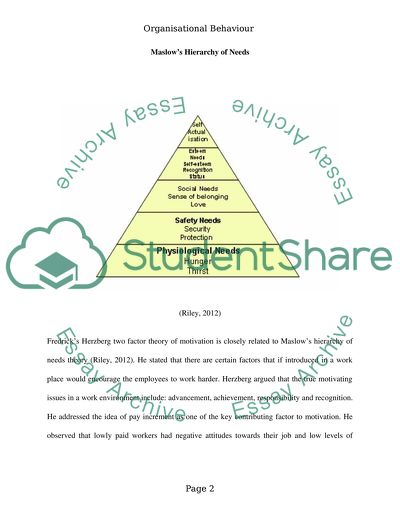Cite this document
(“The Theories of Personality Motivation Coursework”, n.d.)
The Theories of Personality Motivation Coursework. Retrieved from https://studentshare.org/psychology/1478125-essay-style-questions
The Theories of Personality Motivation Coursework. Retrieved from https://studentshare.org/psychology/1478125-essay-style-questions
(The Theories of Personality Motivation Coursework)
The Theories of Personality Motivation Coursework. https://studentshare.org/psychology/1478125-essay-style-questions.
The Theories of Personality Motivation Coursework. https://studentshare.org/psychology/1478125-essay-style-questions.
“The Theories of Personality Motivation Coursework”, n.d. https://studentshare.org/psychology/1478125-essay-style-questions.


